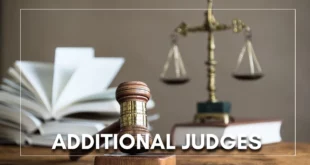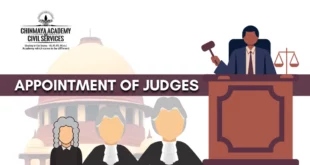- A Constitution Bench of the Supreme Court has removed “insurmountable obstacles” for the implementation of advance medical directives given by terminally ill patients, who are beyond cure or hope, to withdraw medical treatment and die with dignity.
- The five-member Bench led by Justice K.M. Joseph had broadly outlined the order in court on January 24. The final order was published on Friday.
- The court simplifies certain directions of an earlier Constitution Bench, while allowing passive euthanasia, on how to implement advance medical directives.
- An advance medical directive (AMD), according to the 2018 judgment, required not only the signatures of two independent witnesses, but had also to be counter-signed by a Judicial Magistrate.
- In its current order, the court said it need to be signed by the executor/patient and independent witnesses in the presence of a notary or gazetted officer who would record his/her satisfaction that the AMD was voluntary and executed without coercion.
- Copies of the AMD would be handed over to the close relatives, the family physician and a competent officer of the municipal corporation or panchayat concerned. The AMD, if the executor chooses, may be made part of the digital health records.
- At the time of its implementation, that is when the executor is terminally ill with no hope of cure or recovery, the treating doctor at the hospital would ascertain the genuineness of the AMD, compare it with the copy in the digital records, consult with relatives about the option that withdrawal of care would be the “best choice”.
- The hospital would then form a primary medical board with the treating doctor and two specialists who would verify the condition of the patient within 48 hours.
- Then a secondary medical board would be constituted with the Chief Medical Officer of the district nominating the members.
- This board would again re-ascertain the patient’s condition within 48 hours and give its findings on whether or not to withdraw medical care or life support.
- The hospital would then have to convey the findings of both the primary and secondary board along with the consent of the relatives to the Judicial Magistrate before giving effect to the AMD.
- In case, the boards refuse to give effect to the AMD, the person named in it or the treating doctor or the hospital could approach the High Court concerned.
- The Chief Justice of the HC would constitute a Division Bench, which can set up an independent committee of expert doctors in the fields of general medicine, nephrology, neurology, oncology, radiology and critical care.
SOURCE: THE HINDU, THE ECONOMIC TIMES, PIB
 Chinmaya IAS Academy – Current Affairs Chinmaya IAS Academy – Current Affairs
Chinmaya IAS Academy – Current Affairs Chinmaya IAS Academy – Current Affairs



